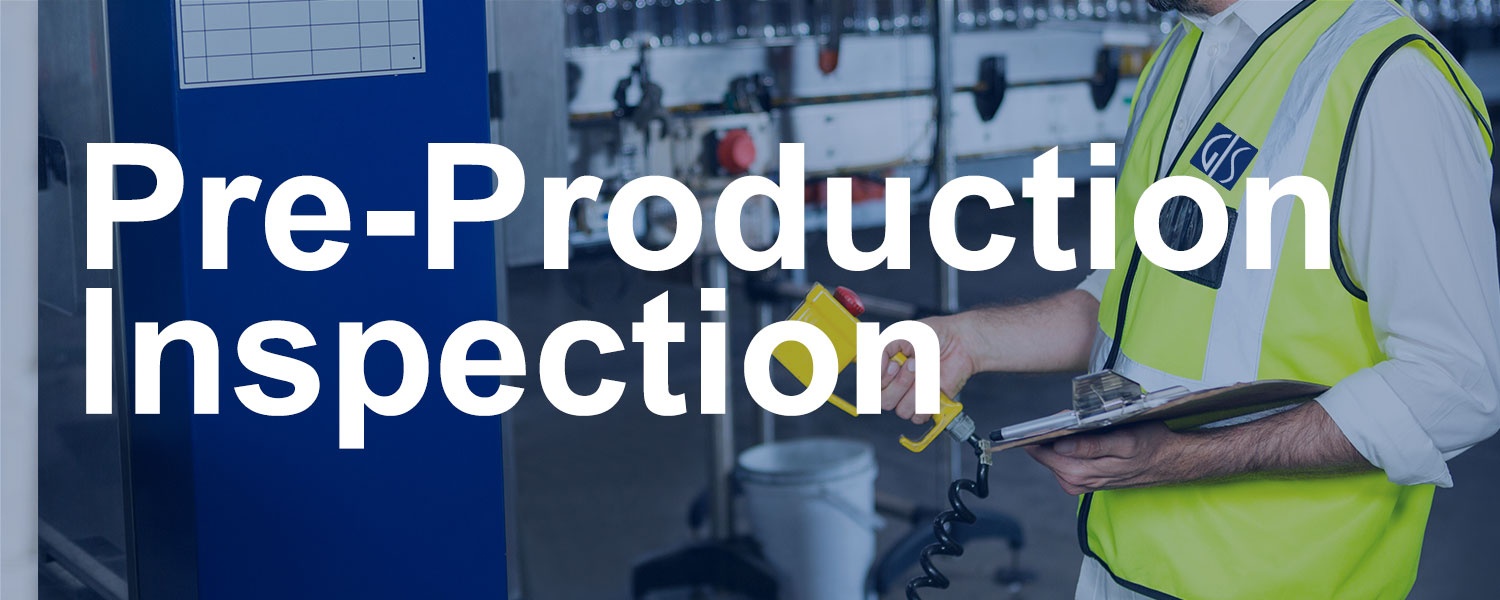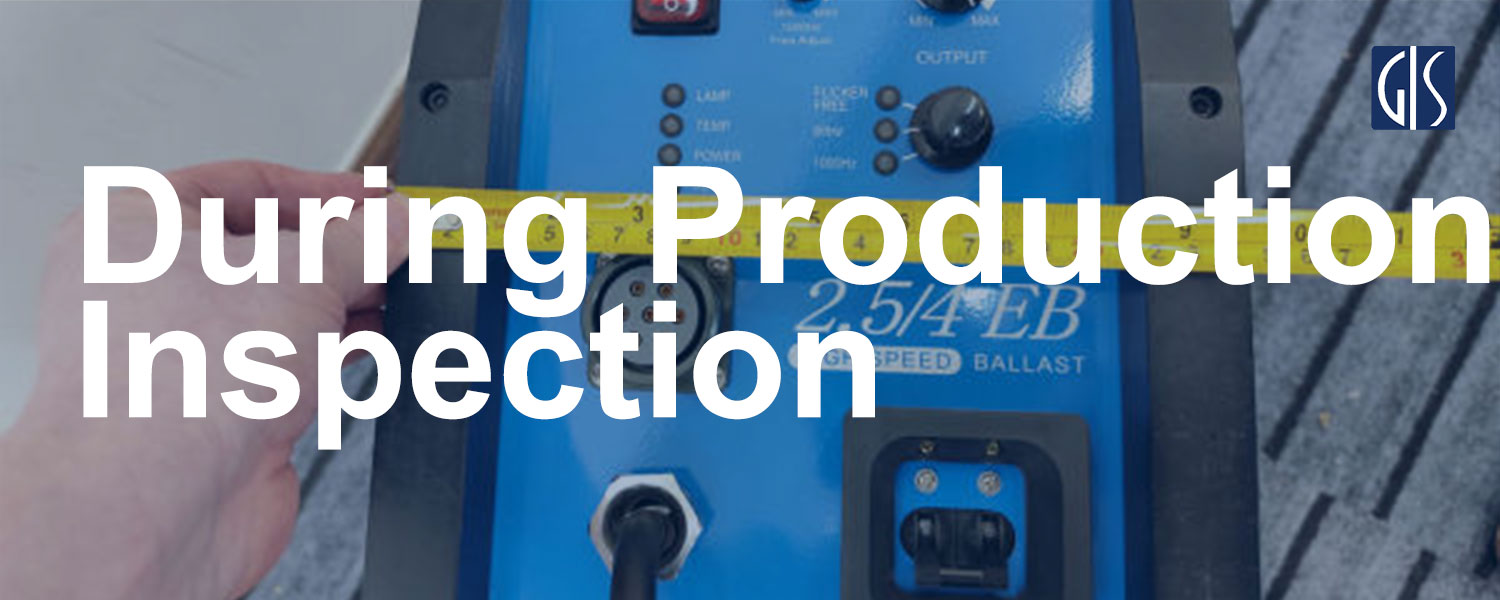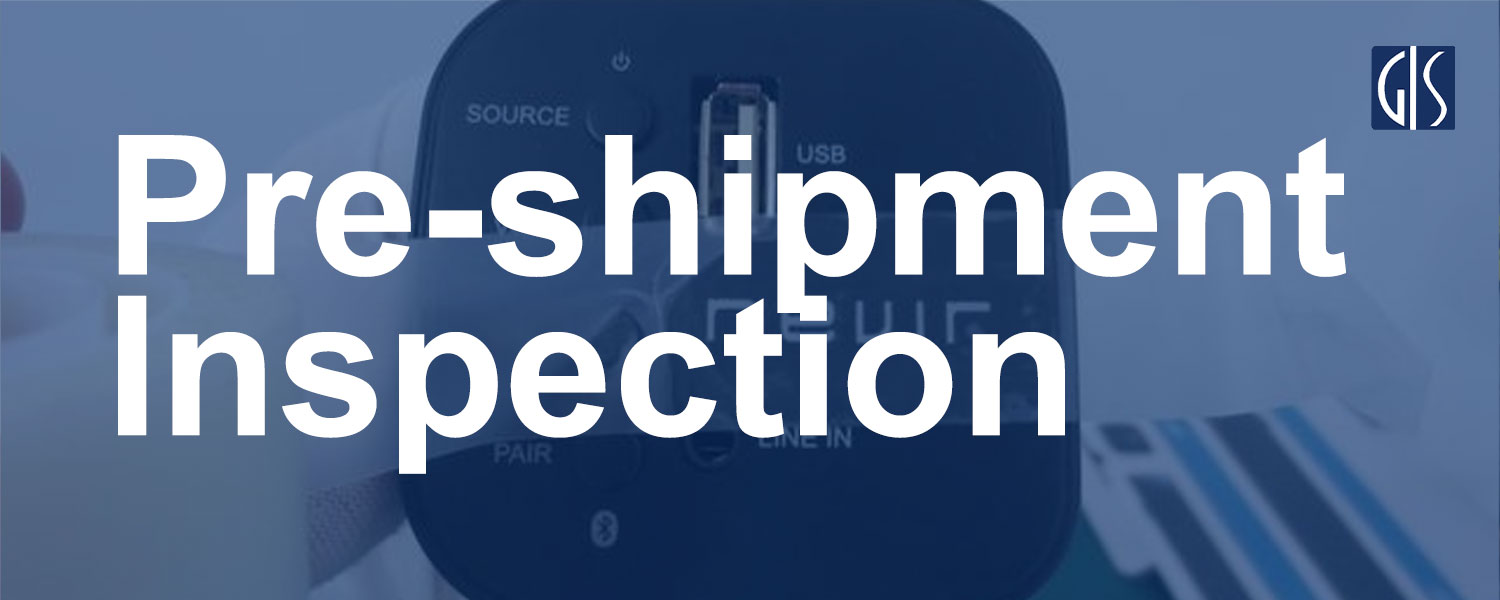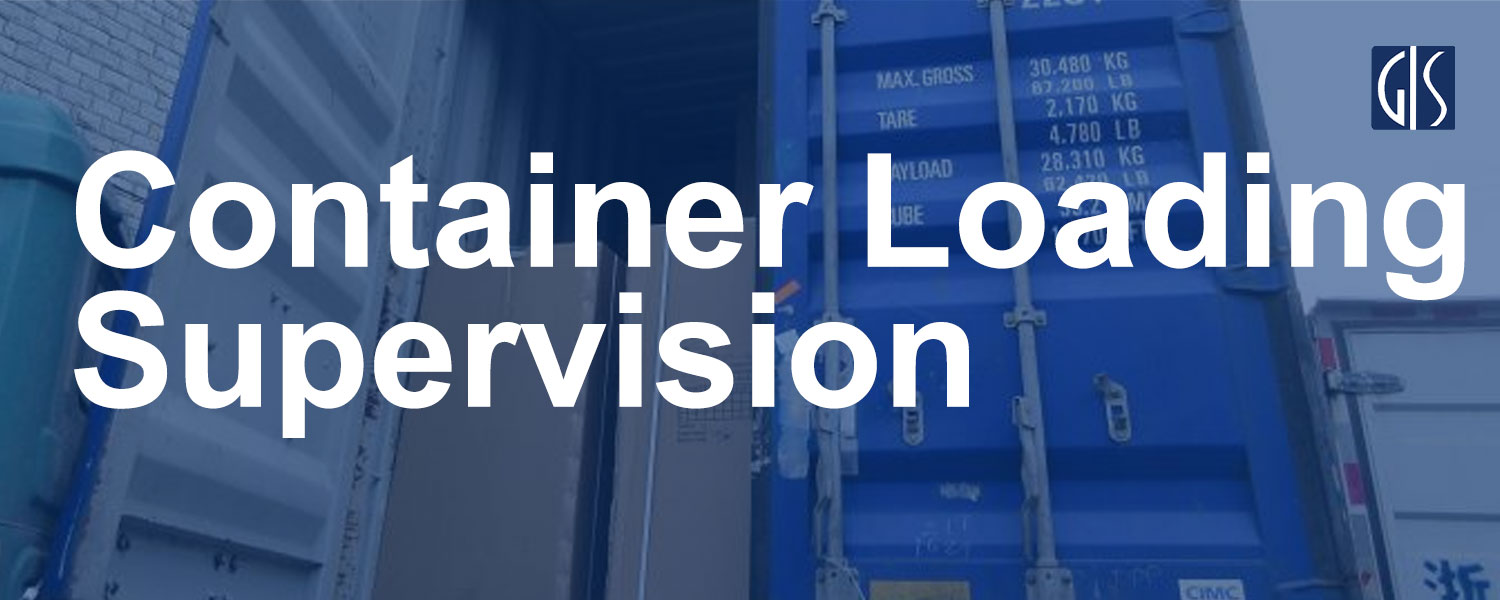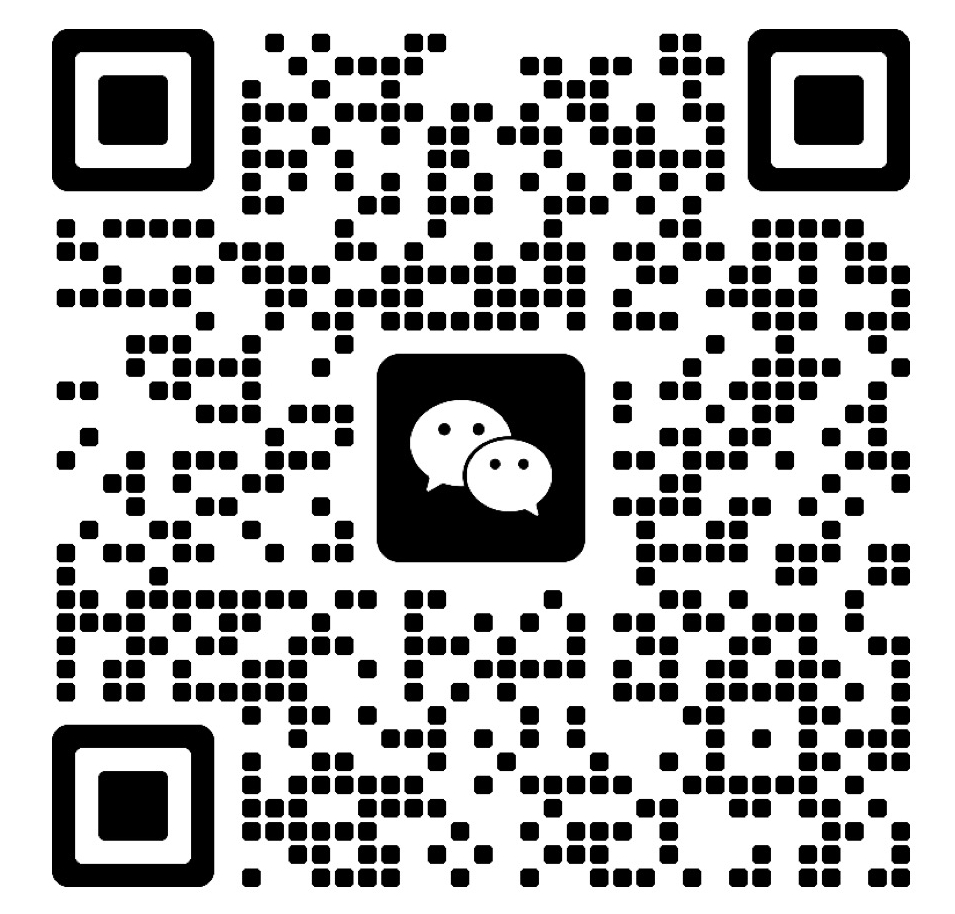
In today’s competitive marketplace, maintaining high product quality is critical for Quality Control Professionals and Business Owners alike. This guide is designed to equip you with the knowledge needed to make informed decisions when choosing a quality inspection service.
Product inspections are essential for minimizing defects and preventing product returns, both of which can have a significant impact on your profitability. By partnering with the right inspection service, you can lower return rates, protect your bottom line, and enhance customer satisfaction.
In this blog, we’ll delve into the different types of inspection services available and provide practical tips for selecting the one that best aligns with your business needs. With the right approach, you’ll be well-positioned to stay ahead of the competition and drive long-term success.
Content
What is Product Quality Inspections

A product quality inspection is a systematic process of examining and evaluating products to ensure they meet the specified standards and requirements before they reach the consumer.
It involves checking the products against a golden sample or predefined criteria such as design specification, materials, dimension, functionality, packaging and more. Product inspection can be conducted at various stages of the manufacturing processes.
By Implementing a robust inspection process, businesses can significantly minimize the risk of subpar products entering the market, which can lead to dissatisfied customers, returns, and potential damage to brand reputation.
At GIS Inspection, our product quality inspection services are performed based on our best practices and decades of experience from assessing millions of products and factories, all carried out by our trained inspectors.
The Main Objectives of Product Quality Inspection
Product quality inspections serve as a critical checkpoint in the manufacturing and supply chain process. The main objectives of product inspection are as below:
Ensure Product Compliance: Verify that products meet local and international regulations (e.g., CE, RoHS, FCC, etc.); Ensure compliance with industry standards, customer specifications, and safety guidelines.
Minimize Defects: Detect defects during production to avoid costly rework or rejection of finished goods; Deliver defect-free products to lower customer complaints and returns.
Maintain Consistency: Confirm that all units in a batch are consistent in quality, design, and performance; Protect brand integrity by ensuring consistent product standards.
Improve Customer Satisfaction: Ensure the product functions as expected, meeting or exceeding customer expectations; Offer high-quality products to build trust and encourage repeat business.
Support Continuous Improvement: Use inspection data to identify recurring issues and improve production processes; Collaborate with suppliers to enhance overall product quality.
The Scope of Product Quality Inspection
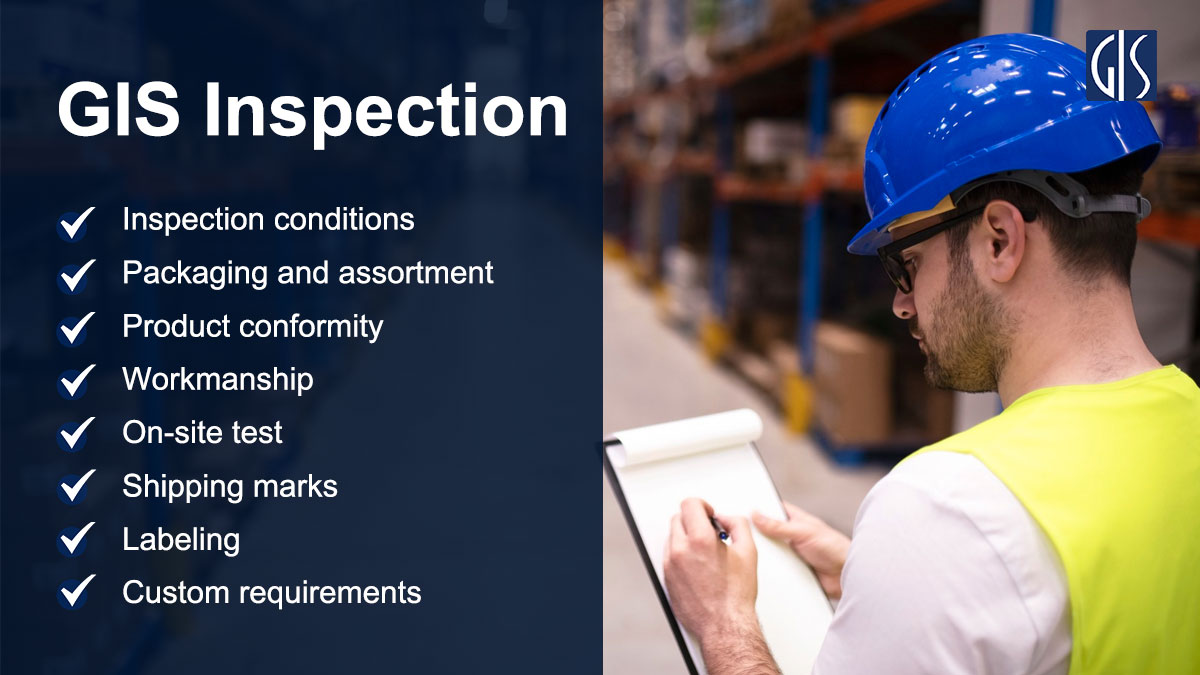
Product quality inspections cover various aspects of manufacturing and supply chain processes to ensure the goods meet required standards, customer expectations, and regulatory compliance. The scope and checklists are determined by the product types and mostly cover below elements:
- Inspection conditions: product status, carton stacking, shipment quantity, etc.
- Packaging and assortment: carton packing, product packing, and assortments such as color/styles/sizes.
- Product conformity: Style, materials, colors.
- Workmanship: appearance, basic functions, check by visual, hands, smell, and sound.
- On-site test: barcode verification, measurements, weight, functionality, etc.
- Shipping marks: printings, warming and symbols.
- Labeling: labels, markings, etc.
- Custom requirements: if you have specific requirements for your products, our support team will tailor the inspection checklist accordingly.
These inspections can help identify potential issues early on, allowing manufacturers to rectify problems before they escalate, reducing risks, and ensuring customer satisfaction.
Different Types of Product Quality Inspection Services
There are several types of product quality inspections that businesses can utilize, each tailored to specific phases of the production process. The most common types include pre-production inspections, during production inspections, pre-shipment inspections and loading supervision.
Pre-Production Inspection
A Pre-Production Inspection (or Initial Production Inspection) is performed before manufacturing begins or at the beginning of mass production and focus on examining raw materials and production plans.
It ensures the initial production process has been maintained and the products being produced continue to meet quality requirements, especially in the case of new raw materials, new operators, production lines, or specification changes.
Benefits of Initial Production Check
- Ensure that raw materials and components meet quality standards and specifications.
- Identify Potential Risks Early.
- Ensure that production plans align with quality expectations and timelines.
- Minimize risks of wasted time, scrap product, rework, and shipping delays that may occur at the later production stage.
During Production Inspection
A During Production Inspection (DUPRO) is conducted while the product is being manufactured, usually when 30-50% of the production is complete. This inspection evaluates the quality of the products being produced in the middle stage of the production process.
During Production Inspection is crucial as it allows for real-time monitoring of the manufacturing process. Inspectors check for consistency and conformity to specifications, ensuring that any issues can be addressed immediately. By identifying defects early in the process, businesses can save time and resources and reduce waste, ultimately leading to a more efficient production cycle.
Benefits of During Production Inspection
- Identify quality issues or defects while production is ongoing.
- Detect variations in materials, workmanship, or processes that could compromise uniformity.
- Address issues early to avoid costly rework or production delays at later stages.
- Verify Compliance with Standards.
Pre-shipment Inspection
A pre-shipment inspection (also known as Final Random Inspection) is performed when production is completed and 80% of the products are packed for shipment.
This type of inspection is vital for confirming that products are packaged correctly, function as intended, and meet all safety and regulatory standards. It serves as a final checkpoint to ensure that only high-quality products reach the customer.
The primary purpose of a PSI is to verify that the final products meet the required order quantities, quality standards, and specifications (i.e. color, workmanship, label, function, fit, packaging of the products, etc.) through workmanship inspection and on-site test. Pre-shipment Inspection is the most popular type of inspection service for businesses worldwide.
Benefits of Pre-shipment Inspection
- Identify any defects or deviations from the approved sample before goods leave the factory.
- Ensure the correct quantity of products is produced and ready for shipment.
- Confirm that product labels, barcodes, and shipping marks are accurate and comply with customer or regulatory requirements.
- Encourage suppliers to adhere to quality standards by conducting regular pre-shipment inspections.
Container Loading Supervision
A Container Loading Supervision is conducted during the container loading process of products. This inspection ensures that the correct products and correct quality are loaded and that the products are properly loaded in containers with optimal conditions.
Benefits of Container Loading Supervision
- Confirm that the correct quantity of goods is loaded as per the purchase order or shipping instructions.
- Verify that packaging is adequate to protect goods during transit, especially for fragile or sensitive items.
- Ensure the container is properly sealed to protect goods from moisture, pests, or contamination.
- Monitor the entire loading process to ensure goods are securely packed and sealed.
- Confirm that the container is properly locked and sealed with the correct seal number recorded.
Comparing four types of quality inspection types
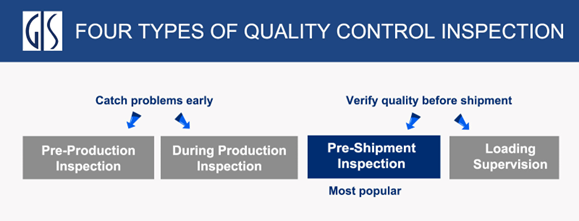
|
Quality Inspection Services |
Key Points |
When to Conduct |
|
Product quality during the initial product stage. |
Before the manufacturing or at the beginning of production. |
|
|
Product quality during production processes. |
When 30%-50% of production is completed. |
|
|
Final product quality, packaging, quantities. |
When production is completed and at least 80% of products are packed. |
|
|
Correct product, quality, and optimal container condition. |
During container loading at the factory/warehouse |
In addition to the inspections that we just mentioned, at GIS Inspection, we also provide upstream inspection services such as Industrial Product Inspection, Full Inspection, Damage Investigation, Design, Making And Verification For Gauge, Process Audit, Product Audit. If you are interested in upstream quality control services, please feel free to contact us.
Choosing the Right Inspection Type for Your Business: 7 Key Consideration Factors

Choosing the right product quality inspection service is a critical step in ensuring product quality and maintaining customer satisfaction. When selecting the appropriate inspection type for your business, it's essential to consider various dimensions of risk associated with your products. These dimensions help determine the overall risk level of your products, enabling you to identify the most suitable inspection services for your specific needs.
1. Product Type and Complexity
Different products require different inspection methods. Below is an overview of each risk category and recommended approaches to product quality inspections based on the risk level.
Safety and hazards: Assess the potential safety risks and hazards associated with your products, including physical, chemical, and mechanical dangers.
Applicable consumer segments: Consider the target audience for your products, such as babies, children, or adults. For example, products for babies require more stringent quality control measures most of the time.
Style complexity: Evaluate the complexity of your product design, such as embroidery or decorative elements, which may affect the risk level.
Production process technology: Take into account the manufacturing techniques and technologies used for your products, such as fabric dyeing methods.
Materials: Assess the cost, chemical risk, sensitivity, and special functions (e.g., waterproof coating) of the materials used in your products.
Regulatory compliance: Consider the compliance requirements for your products, including safety regulations (e.g., EN71), labeling compliance, product compliance (e.g., cell battery labeling/marking), and material compliance (e.g., ROHS, CA65, REACH).
High-value products: Identify products with special brand, design, or collaboration significance that may require additional quality control measures.
On-time delivery requirements: Evaluate the importance of timely delivery for your products and whether there is a buffer time for rework after inspection.
Low-Risk Products
Low-risk products: These products generally have lower safety risks, less complexity, and fewer regulatory requirements. Examples include basic home textiles like curtains and rugs, most Softline accessories like scarves, belts, wallets, and hats, and seasonal decorations like simple Christmas decorations and products.

Inspection approach for low-risk products:
- Focus on pre-shipment inspection to ensure product quality, quantity, and packaging.
- Depending on the manufacturer's reputation and performance history, you may also consider occasional during-production inspection to monitor production processes and product quality.
Medium-Risk Products
These products have moderate safety risks, complexity, and regulatory requirements. For example, adult apparel (coats, jackets), umbrellas, backpacks, and luggage.
Read Quality Inspection for Apparel and Garment

Inspection approach for medium-risk products:
- Implement inspection across different production stages with Initial Production Check, During Production Check, and Pre-shipment inspection to ensure comprehensive quality control.
- Conduct regular factory audits to assess the manufacturer's capabilities, quality control systems, and compliance with industry standards and regulations.
High-Risk Products
These products have the highest safety risks, complexity, regulatory requirements., and customer expectations. For example, baby wear, suits, toys, baby cots/cribs, high-value items like luxury apparel, and products with strict safety regulations like electronics and appliances.
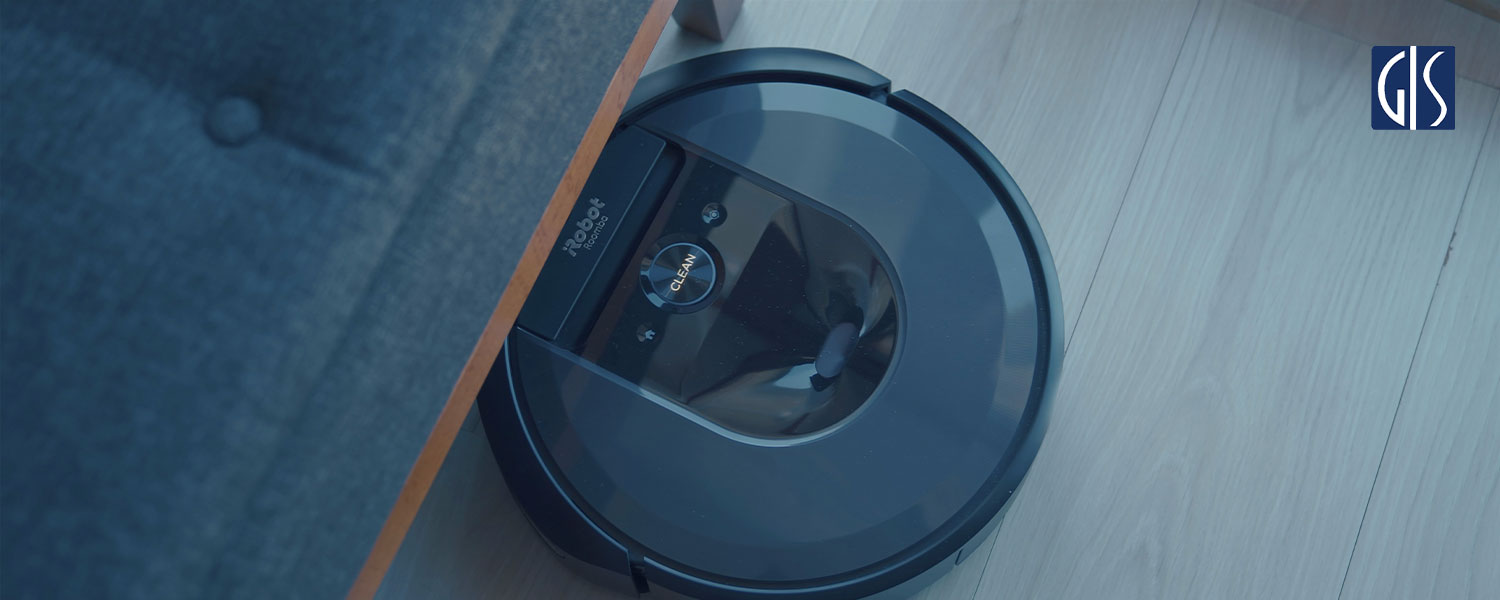
Inspection approach for high-risk products:
- Employ a robust inspection strategy that includes Initial Production Check, During Production Inspection, and Pre-shipment inspection to ensure comprehensive quality control throughout the production process.
- Conduct thorough factory audits, including quality management system (QMS) audits to ensure the manufacturer's adherence to industry standards, regulations, and best manufacturing practices.
By identifying the risk level associated with your product and tailoring your inspection approach accordingly, you can effectively mitigate risks, maintain product quality, and ensure customer satisfaction.
If you are new to inspection and quality control, please feel free to contact us as our team will support you to identify the risk level of your product. Leave us a message here.
2. The Range of Services Offered
Some inspection agencies specialize in certain types of products or inspection methods, while others may provide a broader range of services, including factory audits, supplier assessments, and testing.
It's important to choose a service provider that can offer comprehensive solutions tailored to your needs. Additionally, consider the geographical coverage of the inspection service. If your products are sourced from multiple locations, it's beneficial to select a provider with a global reach to ensure consistency in inspection quality.
3. Supplier Relationship
If working with a new supplier, more frequent inspections (e.g., DPI and PSI) can build trust and ensure compliance with standards.
You should evaluate the manufacturer's past performance, reliability, and quality control systems. If the manufacturer has a proven track record of delivering high-quality products, you may choose to focus on critical inspection stages, such as pre-shipment inspection.
Conversely, if you are working with a new or poorly performing manufacturer, more frequent inspections (e.g., DPI and PSI) can build trust and ensure compliance with standards.
For long-term, reliable suppliers, random checks or periodic PSIs might suffice.
4. Location of Production
For Remote factories, higher risks may require inspections like PPIs or CLC to avoid logistical or miscommunication issues.
While established hubs (e.g., China, Vietnam, Malaysia), these regions often have more established quality control systems, but random audits and pre-shipment inspection can still help maintain standards.
5. Volume of Production
Larger orders might warrant DPI to ensure consistency throughout the production process, while smaller batches might only need a PSI.
6. Budget and Inspection Frequency
Balance the cost of inspections against the potential cost of product recalls, returns, and damage to your brand reputation. While inspections may incur additional costs, they can help prevent more significant expenses and protect your business's reputation in the long run.
- Tight budgets: Focus on PSI or random sampling.
- High-risk products: Multiple inspections, including DPIs, may save costs in the long run by avoiding defects.
By considering these factors and selecting the most suitable product quality inspection type for your business, you can ensure that your products meet the highest quality standards, enhancing customer satisfaction and protecting your brand reputation.
At GIS Inspection, Product Inspection starts from $150 USD. You get world-class inspection service delivery from our team around the global to ensure your products meet the quality requirements.
7. Communication and Reporting Practices
Communication and reporting practices are vital when selecting an inspection service. The inspection provider should have transparent communication channels and deliver timely, detailed reports that outline findings, recommendations, and necessary corrective actions.
A collaborative approach ensures that you and your inspection service are aligned in your quality goals, ultimately leading to better product outcomes.
Book Effective Product Quality Inspections for Your Business Success with GIS Inspection
General Inspection Service ( GIS Inspection) is the trusted digital quality agency for product inspection, trusted by top brands and retailers. You can easily book product inspection for your products and get world-class support from our team to ensure your inspection program is a success.
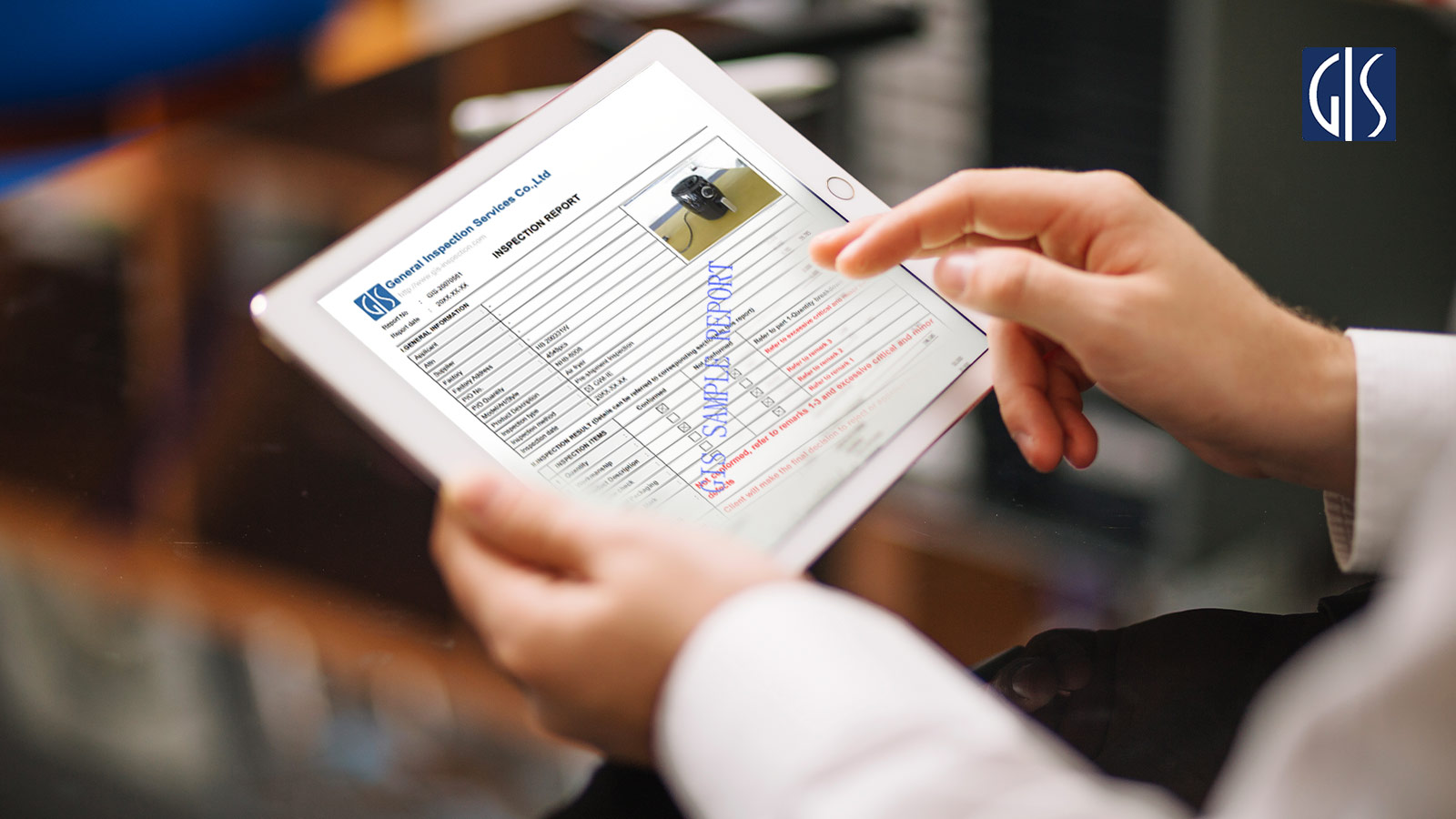
Why GIS?
• Only full-time inspectors but part-time or freelancers are used, less bribery risks;
• Service rate is $150/Man-day all-inclusive in China’s major manufacturing regions;
• A strong network of 100+ full-time inspectors located in China, Vietnam, India and Malaysia;
• 4+offices for management locally based in Guangzhou and all major manufacturing regions;
• Inspection reports delivered within 24 hours after the inspection;
• Dedicated account manager and customer service 24/7.
Please feel free to contact us if you need any quality support.
Inspect by GIS Inspection
General Inspection Service-GIS is an international third-party quality control inspection company headquartered in China in 2005, which provides a professional range of product quality inspection and factory audit services to clients across multiple industries. We have set up an inspection network covering China, Vietnam, India and Malaysia. By employing only full-time inspectors, GIS is trusted by more than 12,000 brands globally.
